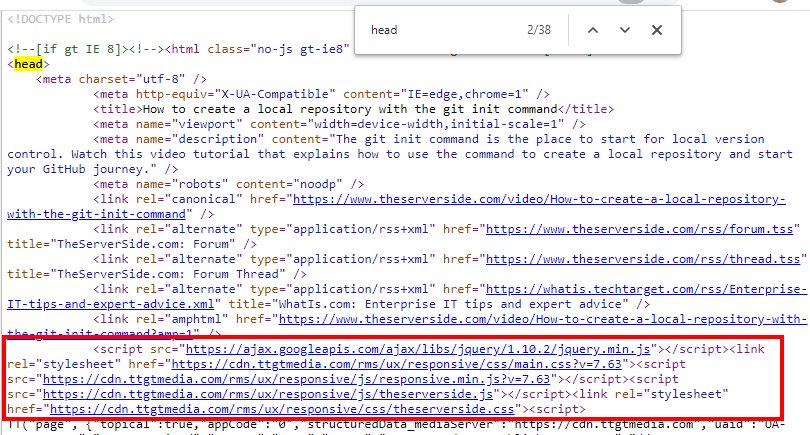Top 10 JavaScript and JSON performance optimization tips
JavaScript can deliver highly interactive websites that actively engage the user in a way HTML alone never could. However, the increased engagement levels come with a performance cost that can negatively affect website usability if it’s allowed to get out of control.
JSON & JavaScript performance tips
Here are the top 10 JavaScript and JSON performance optimization techniques:
-
Reduce the number of onReady events
-
Use let not var
-
Minify and combine
-
Don’t reinvent the JavaScript APIs
-
Perform intense logic on the server
-
Debounce and throttle event handlers
-
Lazy-load non-critical resources
-
Cache DOM lookups
-
Use asynchronous loading for scripts
-
Profile and remove unused code
If your website is slow, and you believe the logic embedded within the page might be the cause, these techniques can help speed things up for the user.
1. Reduce the number of onReady events
Once an HTML page is loaded and all the CSS selectors are applied, the onReady event is fired. Typically, this is where developers place the logic they need to initialize page components and start various JavaScript functions. Over time, developers often add more and more onReady events without cleaning up unused ones. This unnecessary code execution can slow down page loads and waste CPU cycles.
2. Use let not var
Variables declared with var are globally scoped and persist for the page’s lifecycle, consuming memory unnecessarily. Using let applies block scope, allowing variables to be discarded when no longer needed. This can prevent large data objects, such as Ajax responses or JSON data, from clogging memory.
3. Minify and combine
Linking to multiple JavaScript files can block the downloading of other resources. Combining them into one file reduces HTTP requests, while minifying them with tools like JSCompress removes whitespace and unnecessary characters to speed up downloads.
Another easy way to reduce the size of your JavaScript files is to apply a minimizer to them, such as JSCompress. A minimizer strips out whitespace and unnecessary text elements, which reduces the size of your JavaScript file. In turn, this optimizes the JavaScript file’s download time. Combine multiple JavaScript files into one to reduce the number of outgoing network connections.
4. Don’t reinvent the JavaScript APIs
JavaScript has efficient built-in methods for arrays, strings, and objects. Using these instead of writing custom loops or logic ensures your code benefits from browser optimizations and avoids unnecessary complexity.
5. Perform intense logic on the server
If rendering data requires heavy computation, consider moving that processing server-side. Sending pre-computed HTML or JSON reduces the client’s workload, especially on lower-powered devices, and improves the user’s experience.
6. Debounce and throttle event handlers
Frequent events like scroll, resize, or mousemove can trigger functions dozens of times per second. Debounce or throttle these events to limit how often the associated functions run, improving responsiveness.
7. Lazy-load non-critical resources
JavaScript that powers elements below the fold or in secondary views doesn’t need to load immediately. Load these scripts only when they’re needed, which speeds up the initial rendering of the page.
8. Cache DOM lookups
Accessing the DOM repeatedly is expensive. Store references to elements you need to use multiple times in variables instead of repeatedly calling document methods.
9. Use asynchronous loading for scripts
Adding async or defer to script tags ensures JavaScript files don’t block HTML parsing. This can significantly improve perceived load time for the user.
10. Profile and remove unused code
Modern browsers have built-in performance profiling tools. Use them to identify unused JavaScript or inefficient functions and remove or refactor them. Less code to parse and execute means faster performance.
JavaScript can deliver highly interactive websites that actively engage the user in a way HTML alone never could. However, the increased engagement levels come with a performance cost that can negatively affect website usability if it’s allowed to get out of control.
If your website is slow, and believe the logic embedded within the page might be the cause, here are five JavaScript performance optimization tips you can use to speed things up for the user.
Cameron McKenzie is an AWS Certified AI Practitioner, Machine Learning Engineer, Solutions Architect and author of many popular books in the software development and Cloud Computing space. His growing YouTube channel training devs in Java, Spring, AI and ML has well over 30,000 subscribers.





